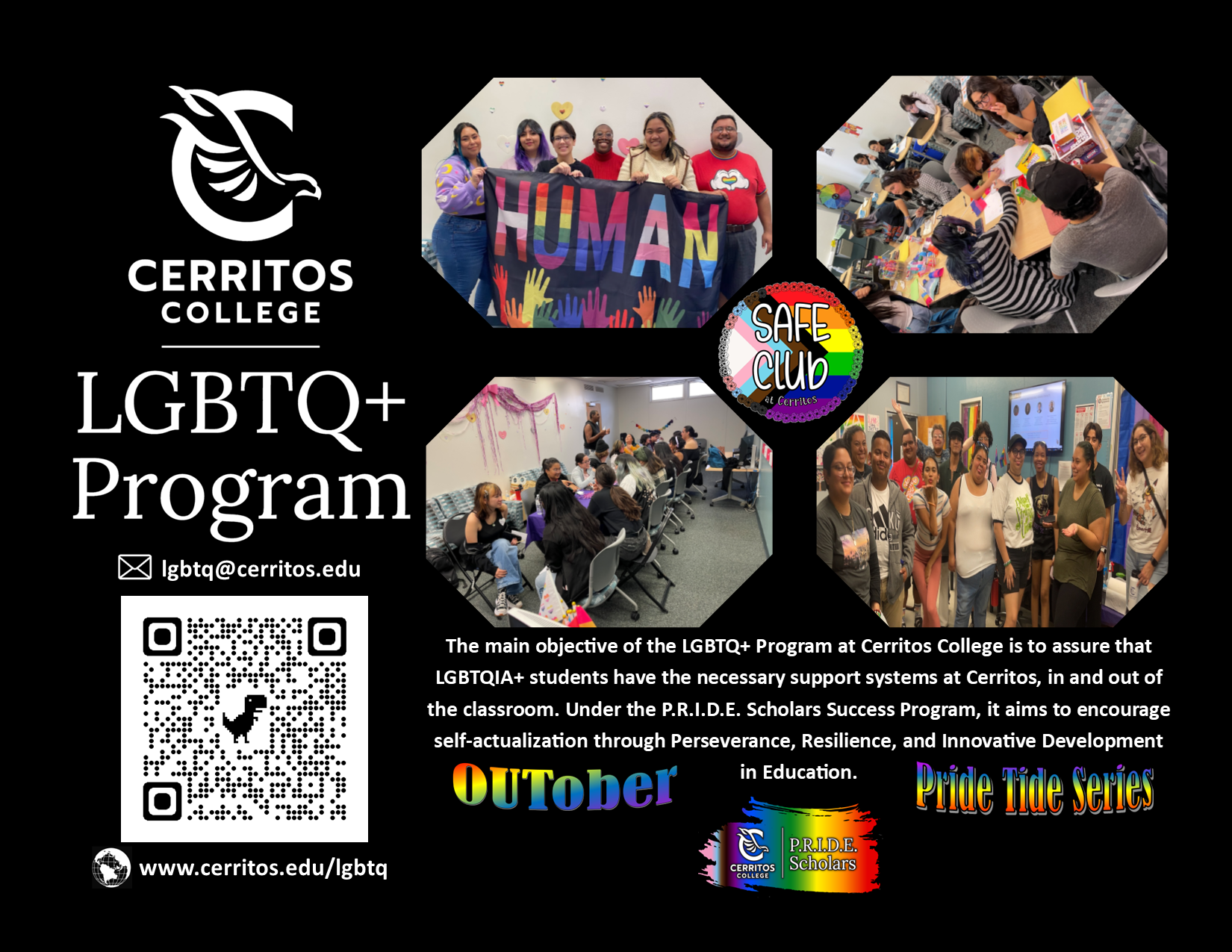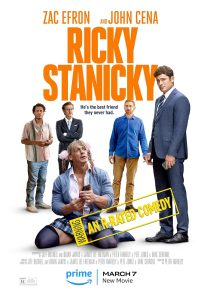WINDOW DRESSING: OXYMORA
N/A
September 26, 2022 – October 7, 2022
Brian C. Moss
OXYMORA
Sept 26 – Oct 7, 2022
We live in a time of 24-hour cable news channels and social media feeds through which important and mundane events alike are forever flitting by with the flick of a finger. It can be difficult, therefore, to critically unpack all the ways that mediated information is always already coded with the capitalist needs of the corporate institutions that present and filter our understanding of the world around us. In truth, this is nothing new. Traditional print media has long been unsustainable, with more and more page real-estate dedicated to advertisement as a means to compensate for perpetually-shrinking subscriber revenue. Journalistic ethics supposedly guarantee that publications like The New York Times will forever be the trusted archive of historical record, but such grandiose claims fall apart at nearly any level of careful scrutiny. Brian C. Moss’ Window Dressing installation, Oxymora, serves as a conceptual case study, overlaying tag lines from well-known advertising campaigns onto archival newspaper pages, demonstrating the dichotomy that exists between the needs of a newspaper as a business and the mission of the news industry itself to present the news in a fairly non-biased form. In the newspaper pages on display, the advertisements occupy the vast majority of the surface, with a single news article taking up only a small portion of the remainder of the design. So many questions arise. What is objectivity and to what degree is it even possible? Whom do we trust and why? Tracing the institutional relationships between advertisement and news reveals another dilemma, however, they both similarly employ text and images to make meaning, so how can they ever be differentiated. While one requires truthfulness and objectivity, the other is designed to persuade, and even mislead, on behalf of a capitalist desire to sell a product. (When) does the ad subvert the goal(s) of the newspaper? Can the language of advertising be seen with fresh eyes (beyond its context)? With Buzzfeed lists masquerading as newsworthy articles and sponsored imagery dominating Instagram posts, these questions are more relevant than ever, making an installation assembled from dusty old newspapers particularly new and exciting, if only we could slow down long enough to take a good look.
As an artist, Brian C. Moss uses computers, drawings, installation, language, photography and sculpture. Born and raised in Philadelphia, he attended Tyler School of Art earning a BFA in painting with minors in photography and art criticism. Later, he moved to Los Angeles to attend graduate school at the California Institute of the Arts where he received his MFA in photography. He has taught in universities throughout Los Angeles since 1997. Moss’ varied and wide-ranging practice includes documentary photography, multi-media installations, public art and collaborative community-based art projects. Through these projects, Moss addresses both the personal and the social, poetically embedding each in the other through their juxtaposition. In so doing, he creates two- and three-dimensional objects that are simultaneously banal and beautiful. Moss makes installations that ask viewers to question the ways that perception and visual media structure and interrelate all facets of experience. His work has been widely exhibited, including solo shows at the MGSU Peacock Gallery in Cochran, Georgia and Covenant College in Lookout Mountain, Georgia, PØST in Los Angeles, Whittier College, Craig Krull Gallery in Santa Monica, Cue Art Foundation in New York, Center for Documentary Studies in Durham, North Carolina, Delaware Center for Contemporary Art in Wilmington and the Painted Bride Art Center in Philadelphia. To create his own work and for community-based and public art projects, Moss has received funding from the National Endowment for the Arts, Rockefeller Foundation, Durfee Foundation, Los Angeles Department of Cultural Affairs, Phoenix Office of Arts and Culture, Santa Monica Cultural Affairs Division, Los Angeles Center for Photographic Studies, Olson Color Expansions, Kodak and Astra-Zeneca.




